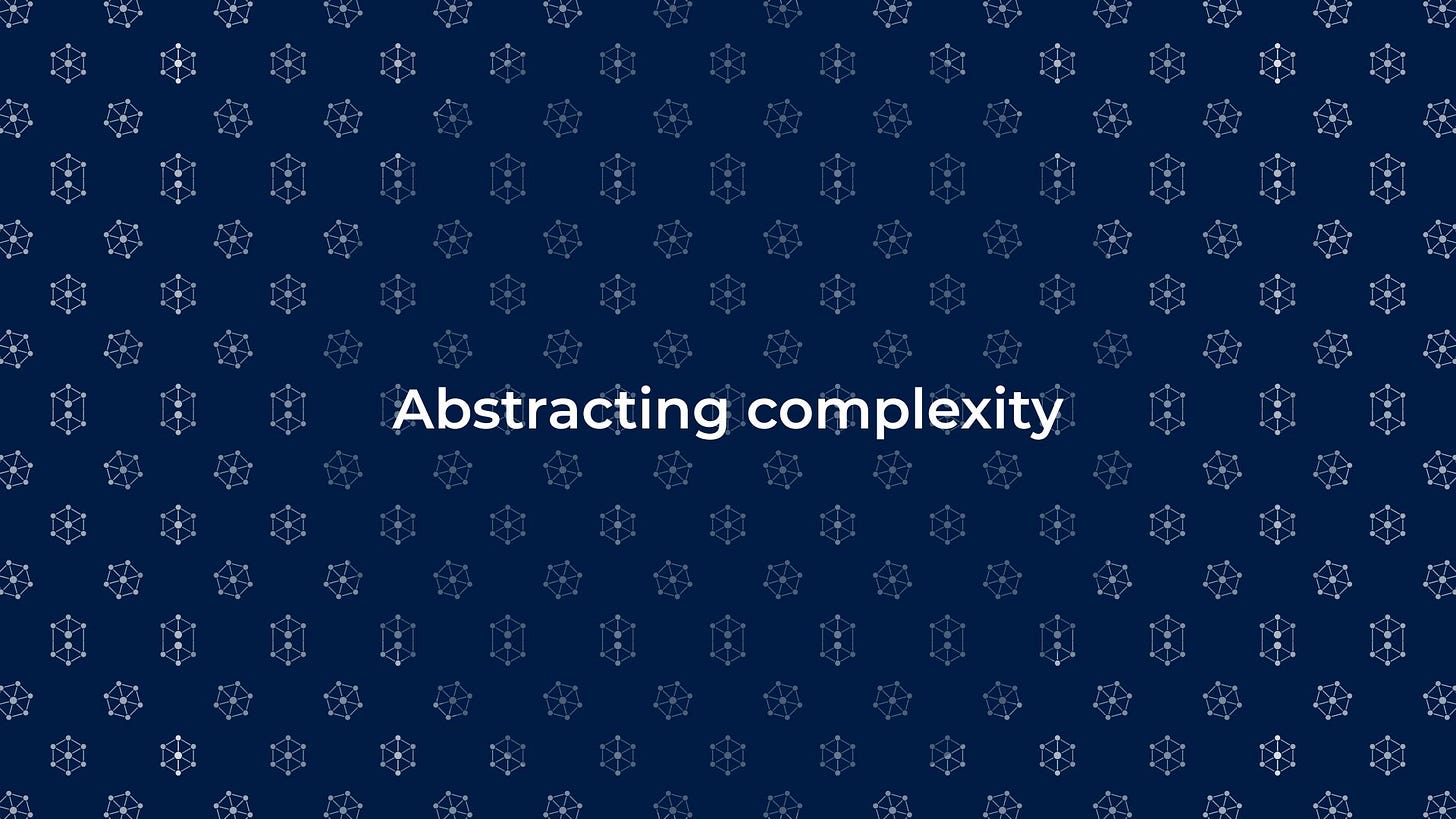The matter of Gas abstraction: Simplifying access and operations for Institutions
From chain abstraction to Gas abstraction
As the Web3 ecosystem matures, one of the central questions for developers, users, and institutions alike is not only which chain to build on or to invest in, but how to abstract away chains altogether. The idea of chain abstraction, where users interact with decentralized applications without knowing or caring which network powers them, is gaining traction as the next logical step in Web3 usability.
However, this vision cannot be fully realized without solving a critical bottleneck: gas fees.
NEAR Foundation has rightly identified this challenge in its recent Request for Proposals (RFP) for gas abstraction (https://near-foundation.notion.site/Chain-Abstracted-Relayer-RFP-1c3da22d7b64804f8ad4f66117ecef63), with deadline extended to May 29th. While wallet abstraction and multi-chain dApps have advanced significantly, users are still burdened by the need to hold native tokens to pay for gas across each individual chain. This not only creates friction but significantly limits the composability and inclusivity of Web3. To unlock a truly interoperable future, gas abstraction should become a first-class citizen of infrastructure design.
Usability drives adoption
For institutional players, banks, funds, custodians, and exchanges, this complexity represents a material barrier to adoption. In a regulated environment where security, transparency and usability are paramount, the requirement to hold and manage gas tokens across chains adds unnecessary risk, complexity and overhead.
Institutions want streamlined user experiences for their teams, clients, and backend systems. They require smart contract interactions, validator operations, and governance mechanisms that “just work”, without having to manage multiple wallets, perform token swaps for gas, or route transactions through custom relayers, while maintaining control, transparency and security. In this context, gas abstraction is not just a user experience enhancement, it’s a compliance and operational imperative.
NEAR Protocol and Colossus Digital common vision
At Colossus Digital, our mission has always been to connect institutional capital with decentralized infrastructure securely, compliantly, and efficiently. Through the Institutional Hub and tools like the Colossus Digital Decoder, we’ve built foundational products that eliminate complexity while enhancing transparency.
Here’s how our approach aligns with the goals outlined in NEAR’s RFP:
1. Simple Gas management
The Institutional Hub allows institutions to stake, delegate, and manage assets directly from Fireblocks, Ledger Enterprise or Dfns (others will be integrated), with no need to manage gas manually. Gas-related operations are embedded into workflows or handled securely without to manage them individually.
2. Multi-Chain staking
Using the Institutional Hubs, custodians can delegate different assets using just one interface and keeping signing process inside their own custody solutions.
3. Decoder for Multi-Chain visibility
The Colossus Decoder empowers institutions to inspect and audit transactions across 19+ supported networks, including NEAR. By decoding transaction structure and gas components, it supports gas abstraction research and deployment efforts with operational clarity.
To conclude...
Gas abstraction is a necessary evolution, not just for developers and dApps, but for institutions building their blockchain strategy. As NEAR continues to lead on chain abstraction infrastructure, Colossus Digital is committed to delivering the middleware and secure interfaces that make this vision enterprise-ready.
We see a future where institutions onboard to Web3 without ever touching a gas token, where validators receive delegation from custody without asset movement, and where transaction execution is as transparent as it is efficient.
Learn more about Colossus Digital’s Institutional Hub and how we’re shaping the infrastructure of institutional staking:
👉 colossus.digital/institutional-hub




